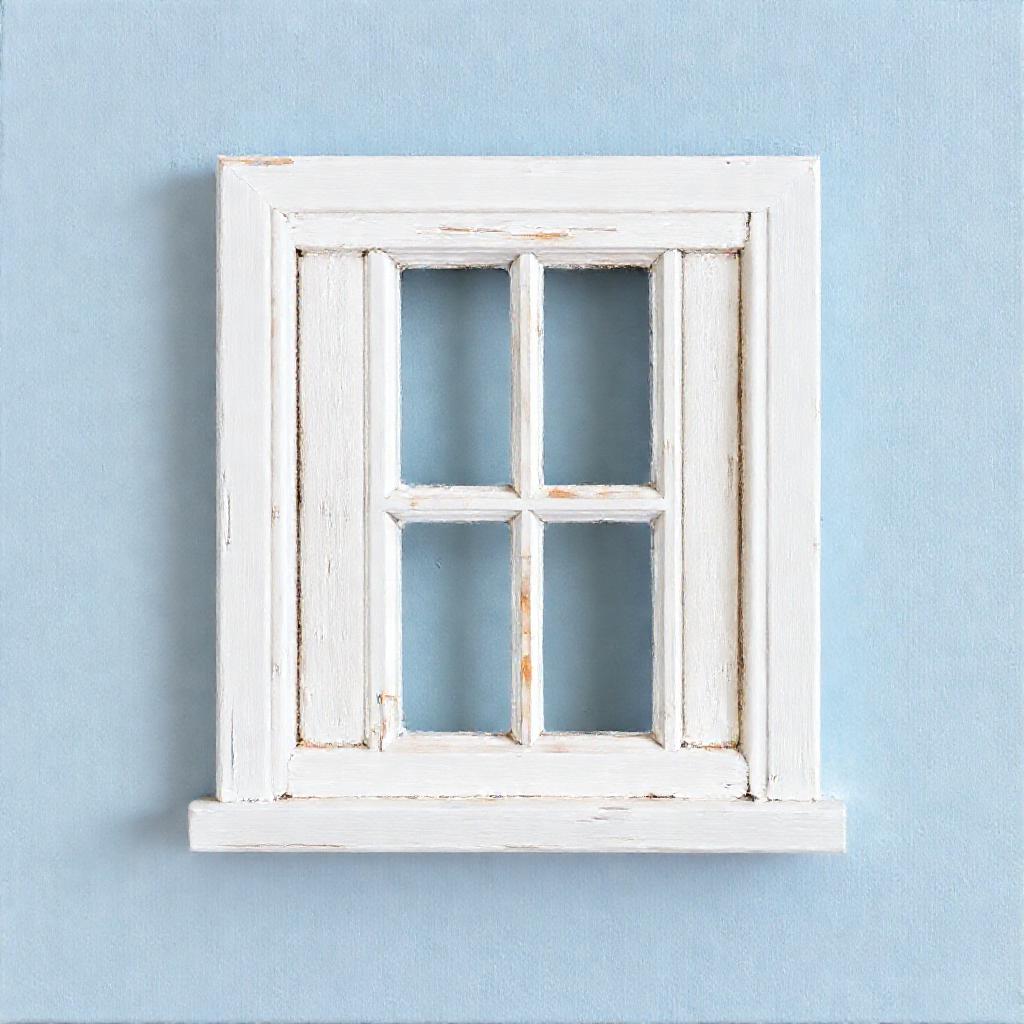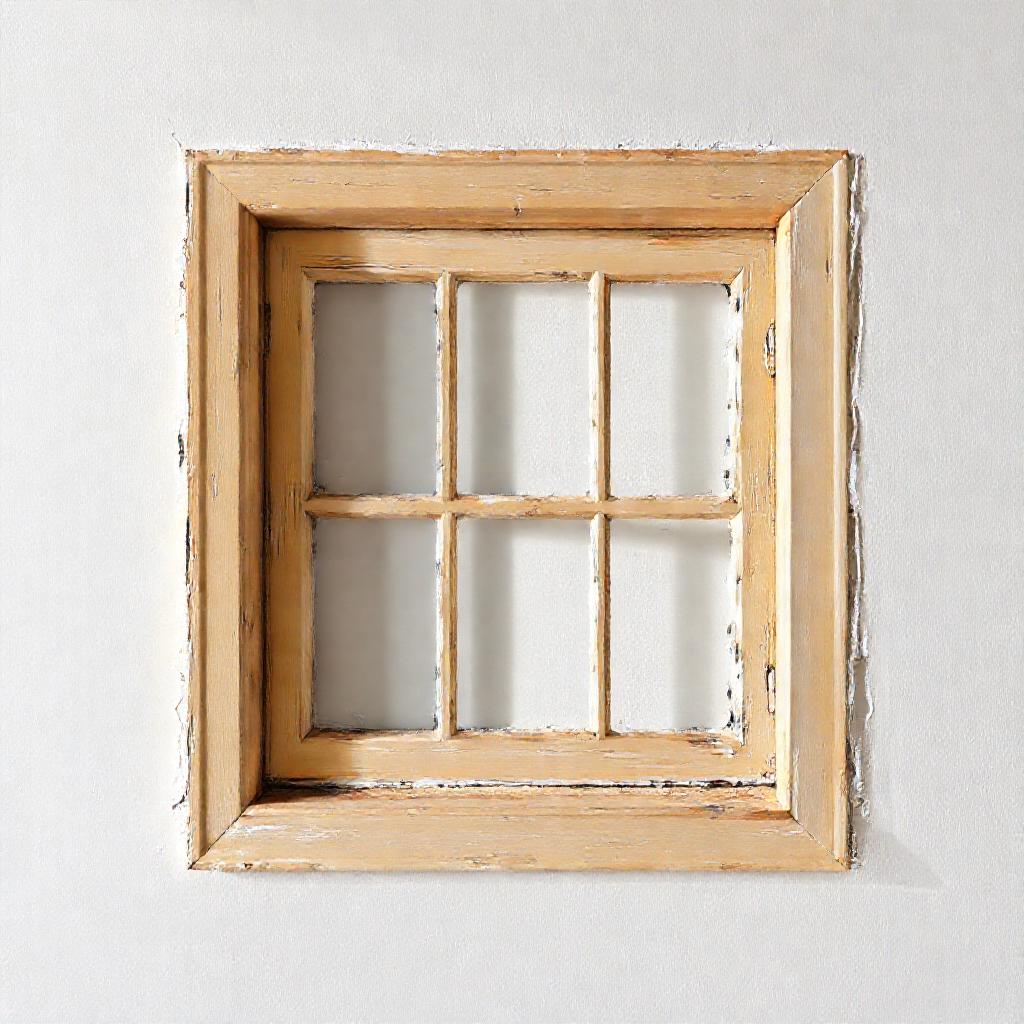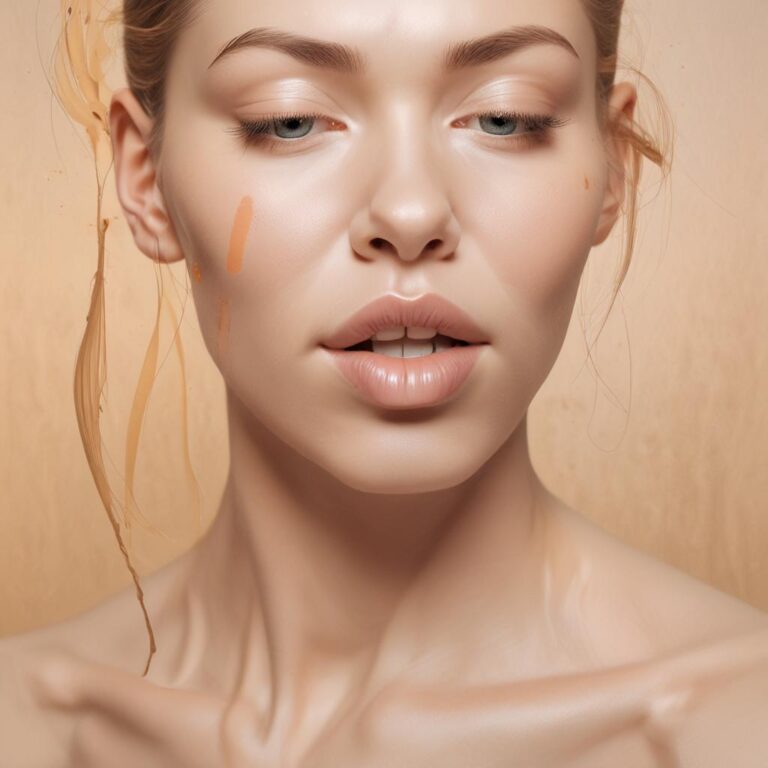How to Paint Small Window Frames on a Canvas
Painting small window frames on a canvas is a fascinating technique that adds depth, realism, and architectural charm to artwork. Whether you’re creating a serene landscape, an intricate interior scene, or an abstract piece, mastering this skill can elevate your paintings with striking detail. Window frames serve as focal points, drawing the viewer’s eye while enhancing the overall composition. From rustic wooden casements to sleek modern designs, the versatility of this technique makes it a must-learn for artists of all levels.
Materials Needed for Painting Small Window Frames
Essential Tools & Supplies
To paint small window frames effectively, you’ll need a few key materials:
-
- Brushes: Fine detail brushes (size 0-2), flat brushes for base coats, and filbert brushes for blending.
- Paints: Acrylics or oils for vibrant colors, watercolors for softer effects.
- Canvas: High-quality stretched canvas or canvas panel.
- Palette: For mixing paints and maintaining consistency.
- Masking tape: To create clean edges if needed.
Optional but Helpful Extras
For added precision and creativity, consider these optional tools:

- Ruler or measuring tape for symmetrical window placements.
- Reference images or grid transfer method to ensure accuracy.
- Varnish to protect the finished artwork and enhance longevity.
Preparing Your Canvas for Painting
Cleaning and Priming the Canvas
Before sketching, ensure your canvas is clean and primed for smooth paint application. Gently sand any rough spots and apply a layer of gesso if needed. A primed surface prevents paint from soaking in unevenly, ensuring clean lines for your window frames.
Sketching the Window Frame Layout
Lightly sketch your window frame layout using a pencil. Use a grid method or reference photo to maintain proportions. Keep lines faint so they can be easily covered with paint. Accurate sketching ensures the frames align seamlessly with the rest of your artwork.
Painting the Window Frames Step-by-Step
Choosing the Right Colors
Select colors based on your desired effect. For realism, use earthy tones for wood and metallic shades for metal frames. Experiment with mixing paints to achieve subtle variations in color and texture.
Key Metrics
Performance metrics for How to Paint Small Window Frames on a Canvas

Painting the Base Coat
Apply the base coat of paint evenly using a flat brush. Allow the first layer to dry completely before adding details. This foundational step ensures smooth, even coverage for the subsequent layers.
Adding Details and Texture
Use fine detail brushes to paint intricate moldings, grain, or paneling. For wood, add subtle strokes to mimic grain direction. For metal, refine edges with sharp, clean lines and subtle reflections.
Creating Depth with Light and Shadow
Apply shading to one side of the frame and highlights to the opposite side for a three-dimensional effect. Observe natural light sources in your scene to determine where shadows and highlights should fall.
Finishing Touches and Troubleshooting
Sealing and Protecting the Paint
Once your painting is dry, apply a protective varnish. For acrylics, use a matte or glossy finish. For oils, opt for a removable varnish to preserve the artwork without yellowing over time.

Common Mistakes and How to Fix Them
Mistakes happen, but they’re easy to correct. Use a fine brush to touch up uneven lines or blend colors. For larger errors, lightly sand the area and repaint once smoothed.
Creative Ideas for Incorporating Window Frames
Realistic vs. Stylized Frames
Explore different styles—photorealistic frames with intricate details or abstract, exaggerated designs. Adjust proportions and colors to fit your artistic vision.
Combining with Other Elements
Enhance your window frames by adding curtains, potted plants, or landscapes inside. This creates a cohesive scene and adds narrative depth to your artwork.
Conclusion
Painting small window frames on a canvas is a rewarding skill that brings life and dimension to your artwork. By following these steps—preparing your canvas, sketching carefully, and refining details—you can achieve stunning results. Don’t be afraid to experiment with different styles and techniques to make your window frames truly unique. With practice, you’ll master this technique and enhance your artistic repertoire.
FAQ Section
What type of brush is best for painting fine details on window frames?
Fine detail brushes (size 0-2) are ideal for precise lines.
How do I make my painted window frames look three-dimensional?
Use shading and highlights to create depth.
Can I paint window frames on acrylic and oil canvases the same way?
Techniques are similar, but drying times and mediums differ.
What’s the best way to fix a mistake in the window frame painting?
Lightly sand and repaint the affected area if needed.
Do I need a reference photo to paint realistic window frames?
A reference helps, but practice can improve freehand skills.







